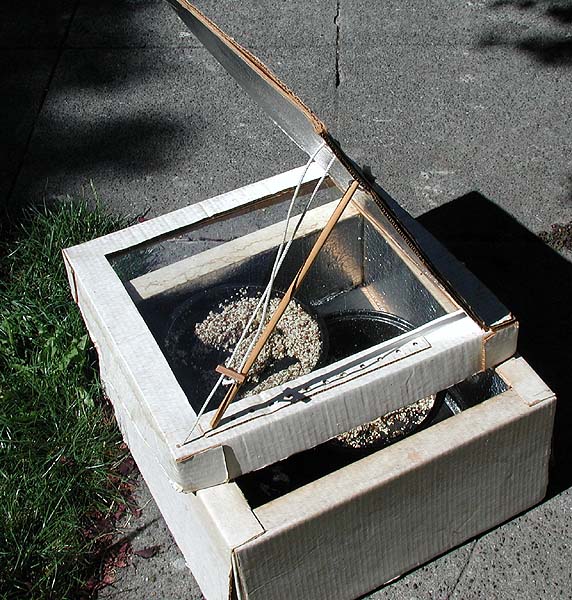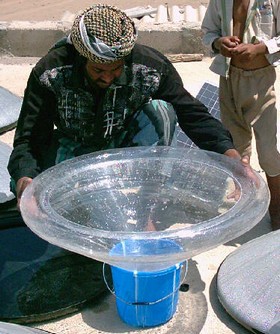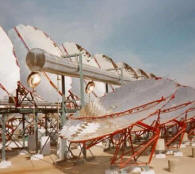I think that this trend is becoming reexamined by many new artists/designers. People are again beginning to blur the line between these two modes of thinking and creating works that fit into both. One person who was addressed in class was Max Lamb. Max has done a number of projects which look at the way we view materials and processes. In one project, Max created a chair made of poured pewter in a sandbox, where he “performed” the creation of the chair in front of an audience.
In some ways, I think this has value, in that it reexamines the context of an object and its relation with its user and that a performance style, which has up until this point been in the realm of art, can be used as a method for connecting with and illustrating the making of a practical object. However, in the same breath, I hesitate to commend this method, because, especially in this case, little thought is given to the impact of materials (pewter is not a great material to be in contact with for long periods of time) and many of the pragmatic issues which are engrained in certain objects, such as ergonomics in a chair, are ignored.
Another interesting example of reexamining the context of art and design which we briefly looked at was the Studio Libertiny Paper Vases.

This series of vases brings to light an interesting juxtaposition of reused materials and conventional craft methods to create an object which retains a "ghost" image of a former physical form within its new form. Other projects from Studio Libertiny, like the honeycomb vase, also address the reexamination of creation and its role in our live and the lives of everything around us.
In this project, the vases are created by placing a basic beeswax mould printed with a honeycomb pattern into a beehive. The bees then do the rest. It takes 40,000 bees a week to make each vase, each of which is completely different. The vases also vary in colour and smell depending on the flowers that are in season. Within the boundaries of a conventional vase design this project defies mass production and enables nature to create what would typically be considered a man-made product.
I think now is an interesting period in which society will begin to rethink the place of design and art in our culture and how both can be blended in a way which can open up new methods of thinking and new, more relevant methods of production and creation.











